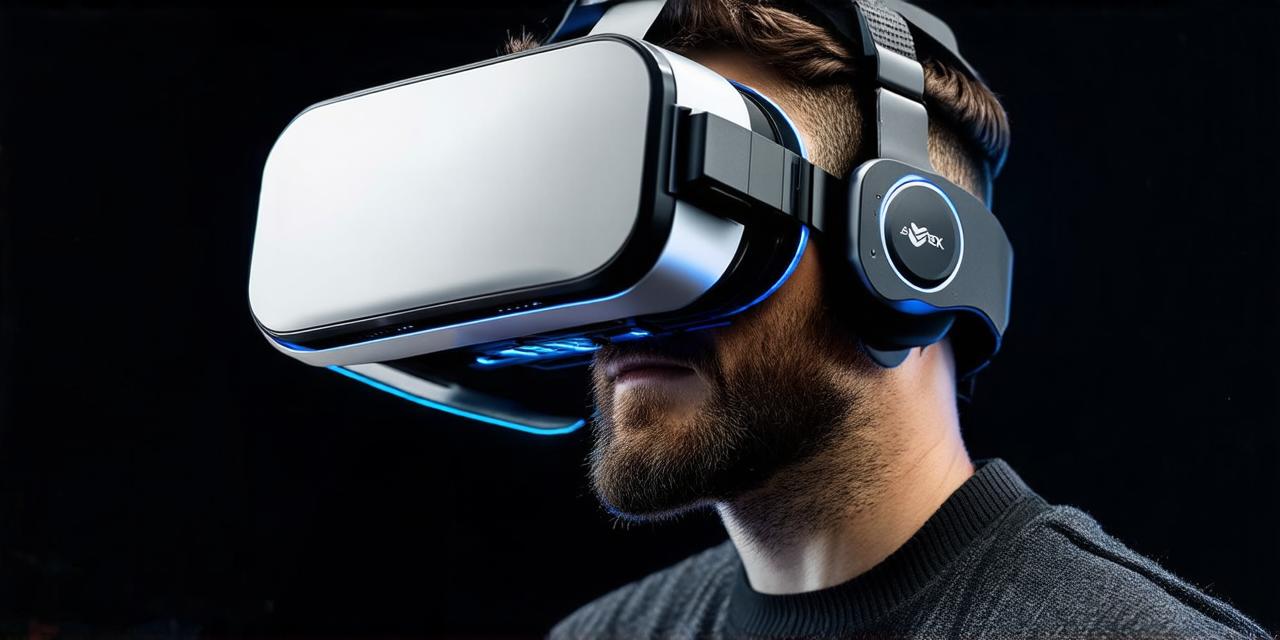
What is Virtual Reality Therapy?
Virtual reality therapy involves creating a simulated environment that mimics real-life situations or experiences. Patients wear a headset that tracks their movements and provides a realistic visual experience. This immersive technology can be used to expose patients to challenging or triggering situations, allowing them to confront and overcome their fears in a safe and controlled environment.
The Benefits of Virtual Reality Therapy
Virtual reality therapy offers several benefits over traditional talk therapy and medication. Firstly, it is a highly engaging and immersive experience that can capture the patient’s attention and enhance motivation. Patients are more likely to participate in VR therapy sessions and complete their treatment programs due to the interactive nature of the technology.
Secondly, VR therapy offers a high degree of customization and flexibility. The virtual environment can be tailored to suit the specific needs and preferences of each patient. For example, a patient with anxiety may be exposed to a simulated public speaking scenario, while a patient with PTSD may be exposed to a simulated combat scene.
Thirdly, VR therapy can provide a sense of safety and control for patients who are hesitant or unable to confront real-life situations due to fear or trauma. By simulating these scenarios in a controlled environment, patients can learn coping strategies and build confidence without the risk of harm.
Case Studies and Personal Experiences
Several case studies and personal experiences have demonstrated the effectiveness of VR therapy in treating various mental health conditions. For example, a study published in the Journal of Consulting and Clinical Psychology found that VR exposure therapy was as effective as cognitive-behavioral therapy (CBT) in reducing symptoms of PTSD in veterans. Another study published in the American Journal of Psychiatry found that VR exposure therapy was effective in reducing anxiety symptoms in patients with social phobia.
The Science Behind Virtual Reality Therapy
Virtual reality therapy relies on several principles of cognitive-behavioral therapy (CBT), including exposure therapy, cognitive restructuring, and relaxation techniques. Exposure therapy involves confronting feared situations or stimuli in order to reduce anxiety and fear. Cognitive restructuring involves identifying and challenging negative thought patterns and replacing them with more positive and realistic ones. Relaxation techniques involve teaching patients how to manage stress and regulate their emotions.
Research has shown that VR therapy can activate the brain’s reward system, which is associated with feelings of pleasure and motivation. This may explain why patients are more likely to engage in VR therapy sessions and complete their treatment programs. Additionally, VR therapy has been found to be effective in reducing activity in the amygdala, which is responsible for processing fear and anxiety responses.
The Future of Virtual Reality Therapy
Virtual reality therapy is still a relatively new field, but it has already shown significant potential in improving patient outcomes and reducing treatment costs. As technology continues to advance, we can expect VR therapy to become more accessible and affordable. Additionally, we can expect to see more research on the effectiveness of VR therapy for different mental health conditions and populations.
One area where VR therapy may have a significant impact is in the treatment of addiction. VR exposure therapy has been found to be effective in reducing cravings and increasing abstinence rates in patients with substance use disorders. Another area where VR therapy may be useful is in the treatment of traumatic brain injury (TBI). VR technology can be used to simulate real-life scenarios that may trigger symptoms of TBI, allowing patients to practice coping strategies and build resilience.
Frequently Asked Questions
Q: Is virtual reality therapy safe?
A: Yes, virtual reality therapy is generally safe when performed by trained professionals. Patients are closely monitored during sessions and the technology used is carefully designed to minimize any risks or discomfort.
Q: How effective is virtual reality therapy compared to traditional therapy?
A: Virtual reality therapy has been found to be as effective as traditional talk therapy and medication in treating several mental health conditions. However, it offers several benefits over traditional therapy, including a more engaging and immersive experience, greater customization and flexibility, and a sense of safety and control for patients.
Q: Is virtual reality therapy covered by insurance?
A: Yes, many insurance plans cover virtual reality therapy, particularly when performed by licensed therapists in a medical setting. However, the specific coverage may vary depending on the plan and provider.
Summary
Virtual reality therapy is an exciting and rapidly growing field that has the potential to transform mental health care. It offers several benefits over traditional talk therapy and medication, including a highly engaging and immersive experience, greater customization and flexibility, and a sense of safety and control for patients. As technology continues to advance, we can expect virtual reality therapy to become more accessible and affordable, and to have an even greater impact on improving patient outcomes and reducing treatment costs.




